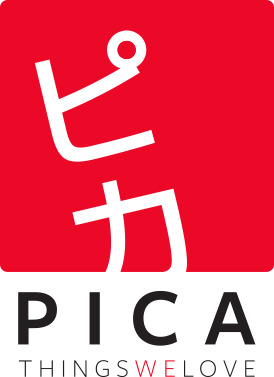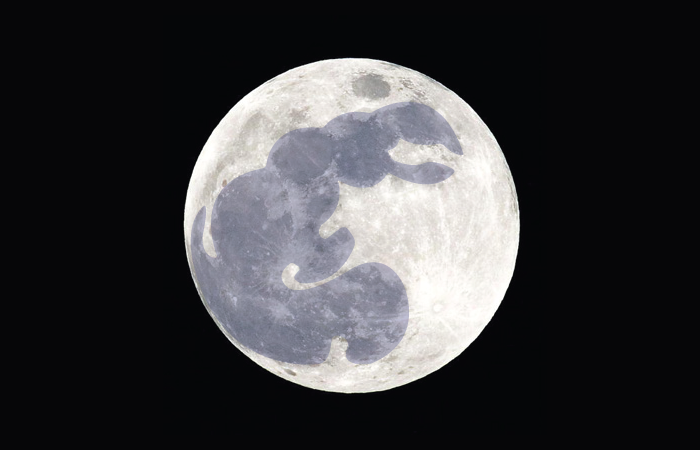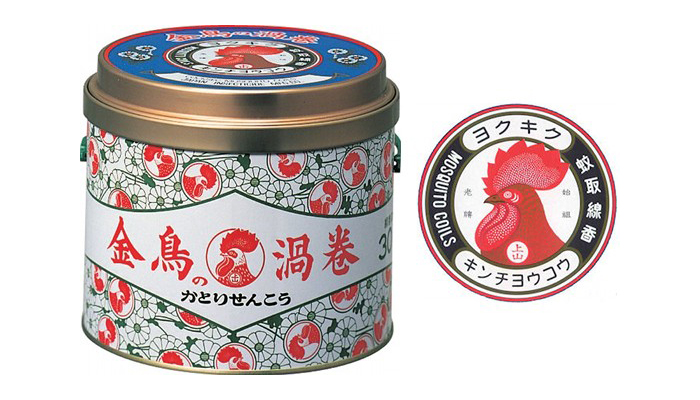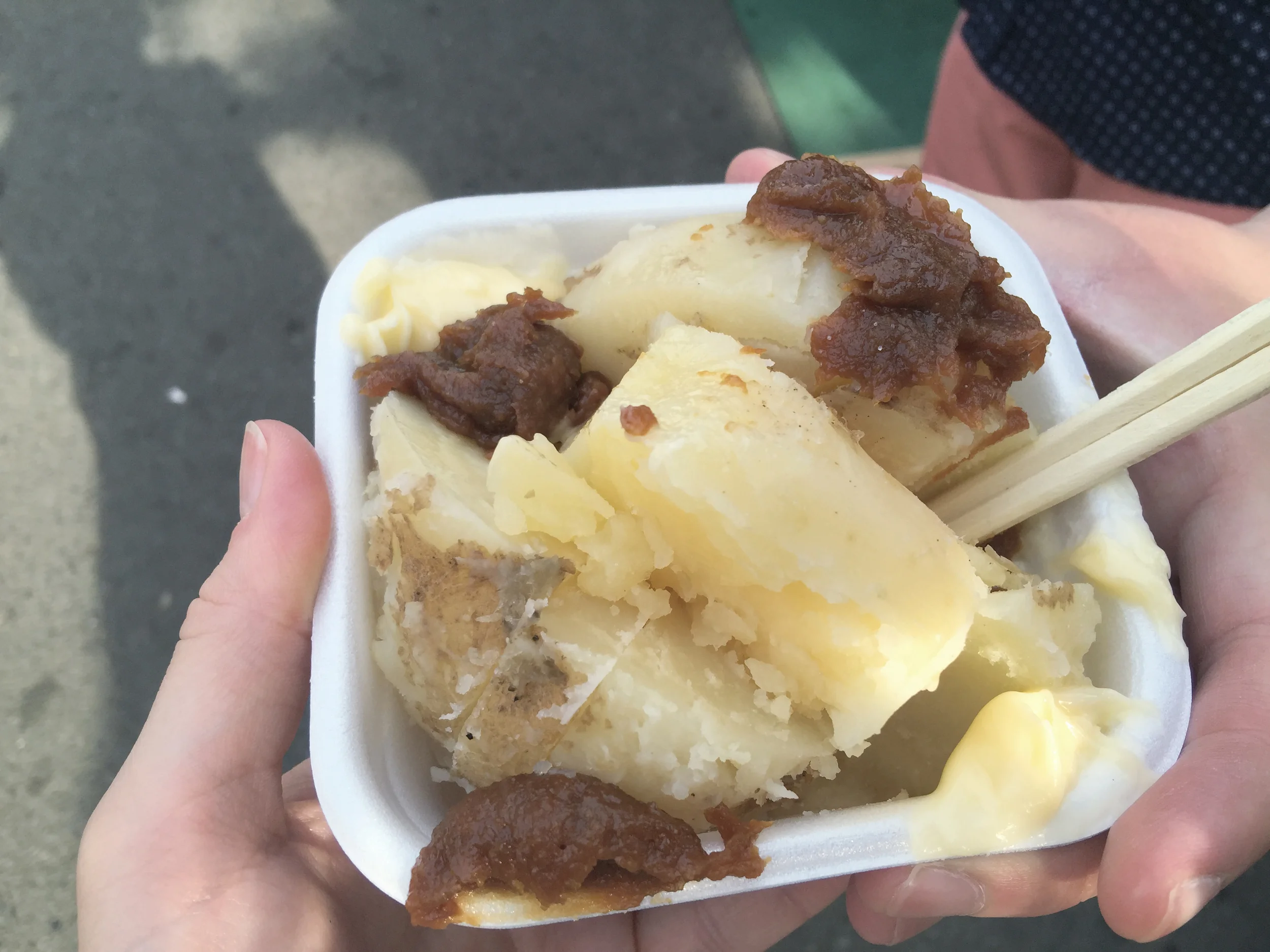How nostalgic. I remember this as it was yesterday. Growing up in the early 90s, Russia had just been introduced to the video gaming that the world has already known for some time. At the time, the new Dendy gaming system was the one and only we knew and loved. I remember the brightly coloured cartridges that the boys in my class were fighting for to exchange. I always wanted to get my hands on one, but my dad argued that it would ‘break our TV’. Not sure if he ever really believed that; perhaps he was worried that with the system I would be indefinitely glued to the screen. Can't say the system was cheap either. Coming out right after the Russian separation from the USSR resulting in one of the biggest price inflations in history, 39,000 rubles was not a small price to pay. So, alas, I had to live out my video gaming vicariously through my friends.
At the time I did not know that Dendy was actually a clone of a system that took Asia, and shortly after North America, by storm almost a decade earlier. One great thing of growing up in the post-Soviet Union Russia in the 90s is that I got to experience first hand all the awesome things that the bubble Japan had to offer to the world in the 80s, a time when I would be simply too young to appreciate it. Sailor Moon was imported shortly after, leaving a lasting impression of the magical Japan. This is when my love affair with Japanese language and things began to take root. This is when as a kid I've made up my mind that one day I will learn to speak Japanese just as my favourite characters on TV did. I was 9 at that time.
So to commemorate my first nostalgic touch point with video gaming, I'd like to honour and pay respect to the very system that made the Dendy console I know growing up possible—Family Computer (ファミリーコンピュータ, Famirii Konpyuuta) or Famicom (ファミコン, Famikon).
The Famicom system came to life at the height of the video game crash of 1983, or as Japanese like to call it, Atari shock (アタリショック, Atari shokku). The crash came very close to devastating the entire North American gaming industry by bankrupting companies and sending it into a massive recession. This lasted for about two years, and in 1985 the industry began to recover mainly due to the widespread success of the newly introduced Nintendo’s NES.
So how did this all come to be?
In 1983 Nintendo unveiled a brand new gaming system that not only featured brand new technology, but also innovative product design. Designed to resemble a toy, to reinforce the family aspect of the system, the Famicom sported a bright red-and-white colour scheme, two hard wired controllers stored visibly at each side of the unit, and an eject lever “just for fun”.
The reaction to the new system was astounding. Within a year Nintendo ended up selling over two and a half million units. It was at this time that Japan proved to be a small market for Nintendo as it began toying with the idea of going abroad. They first approached Atari, the American video gaming authority since the early 70s, for a collaboration. Atari rejected it citing the recent video game crash resulting in an unstable video gaming market. This did not slow Nintendo down as the company decided to take matters into their own hands and introduce the NES (Nintendo Entertainment System) to the North American market.
The NES system was meant to look different from its Famicom predecessor. The toy-like design was scrapped in favour of a more clean and futuristic boxy design and grey colour scheme analogous to the home entertainment systems of that time. While the controllers got a small design update, the major feature change was the replacement of the top-loading cartridge slot of the Famicom model with a front-loading chamber, placing the cartridge completely out of view.
This was 1985, and the system sales proved to be tough. The video gaming crisis was still fresh on everyone's mind and few sellers were willing to take on the system. Nintendo found a way to turn things around by offering 90 days credit and accept returns on any unsold units. As a result, by 1986 the system was a North American hit and later world market success.
So where is Dendy in all of this?
While the video gaming industry in the 80s and later in the early 90s were taking the world by storm, Russia has been completely overlooked. No one seemed to be interested in infiltrating the Russian scarce gaming market, until one company named Steepler changed things around. Using the technology, design and the cartridge format of the 1983 Famicom system, Taiwanese manufacturer created a “new” system that became known as Dendy and introduced it with much success to the Russian market in 1992. Regardless of whether it was a clone or the real deal, it was a well beloved system growing up, a true nod to Nintendo’s technological genius almost a decade ago.
Say hello to our new prints!
To commemorate Nintendo’s contribution to the worldview of Japan and its culture in the 80s, we came up with two print sets, available in five colour composition choices, that are sure to make any true gamer nostalgic.
This first set of prints features the notable Famicom controller. It was this controller that I remember most vividly as it inspired the controller of the Russian popular Dendy console system.
The second set of prints is a nod to Nintendo’s NES system—the system that forever changed the North American gaming industry in the 80s. I am sure these prints will bring up a lot of warm memories to anyone growing up in the West in the 1980 something.
The controller prints feature our classic PICA Pop Art colour choice variations, plus a special edition of the classic Pop Art style print combo. Enjoy!
Click here to shop our PICA Famicom and NES controller print collection. ( ´ ▽ ` )ノ















































![IMG_2985[JS].jpg](https://images.squarespace-cdn.com/content/v1/556b80a8e4b0c3683a9ceacb/1437617980660-5GYB8FVER6WFDVLTYUHZ/IMG_2985%5BJS%5D.jpg)
![IMG_2988[JS].jpg](https://images.squarespace-cdn.com/content/v1/556b80a8e4b0c3683a9ceacb/1437617980994-01P0OJIE160Y5M2YMX9S/IMG_2988%5BJS%5D.jpg)
![IMG_6504[JS].jpg](https://images.squarespace-cdn.com/content/v1/556b80a8e4b0c3683a9ceacb/1437617992365-0ZVNTIHDYMYPF28N99MW/IMG_6504%5BJS%5D.jpg)
![IMG_6496[JS].jpg](https://images.squarespace-cdn.com/content/v1/556b80a8e4b0c3683a9ceacb/1437618001961-EFJFJP55THU15MXHM659/IMG_6496%5BJS%5D.jpg)







